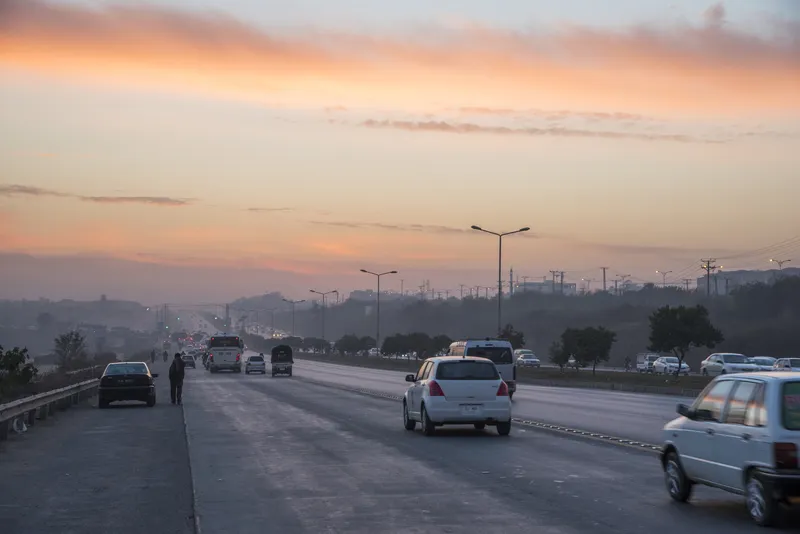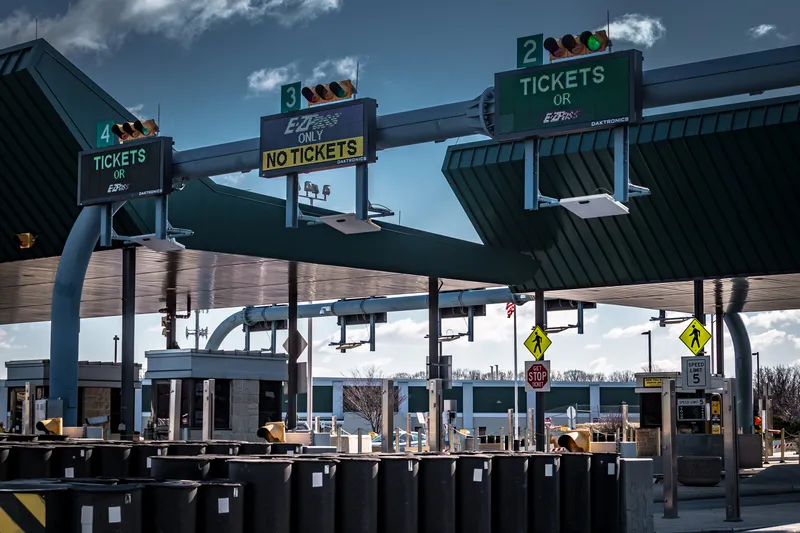
Pakistan's National Highway Authority (NHA) is to use its geographical information system (GIS) that has digitised 13,000km of roads for project planning, according to The Nation.
A new control room will be set up at NHA's headquarters in Islamabad to run the programme. The Road Assets Management Directorate (RAMD) of the NHA will operate the system.
RAMD general manager Naseem Khattak says the GIS provides inventory and spatial information of all assets, limits of right of way (ROW) and roadside land and amenities.
The system is expected to help manage and integrate a range of information necessary for the planning, design, operation and maintenance of transportation systems and facilities.
This technology has enabled NHA to identify about 90,000 commercial amenities along ROW limits.
The GIS includes that digitisation of ROW limits and all assets within ROW, including carriageways, bridges, culverts, retaining walls, sign broads, guard rails, gantries, pedestrian bridges.
The geodatabase also provides an interpretation of traffic density, road conditions and locations with a high concentration of accidents.
NHA field officers working for the authority can access it via a web GIS interface.










